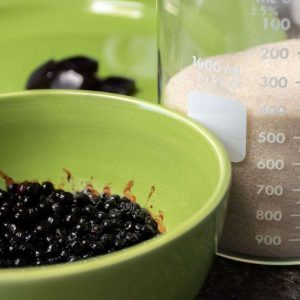How Are Cannabis Seeds Made Female?

There are two known, proven methods to feminize seeds. Both have their advantages. In general using acid provides more stable seeds, but it is much more difficult. To be able to work with GA3 you would have to have a solid chemistry background. Gibberellic Acid-3 (GA-3) is a naturally occurring plant growth regulator which may cause a variety of effects including the stimulation of seed germination in some cases. GA-3 occurs naturally in the seeds of many species and is produced commercially by growing Gibberella fujikuroi fungus cultures in vats, then extracting and purifying the GA-3.
A great deal of research needs to be done to determine which species benefit, and the proper concentration of GA-3 for each type. This was the first method to feminize crops, also used in the orange industry.
The introduction of the STS method proved to be a revolution. Now everyone could easily make feminized seeds. Seed banks started cropping up like mushrooms. The one thing most of them forgot was to take time to produce seeds. The time factor is often ignored by seed banks. They just want to bring the seeds onto the market as soon as possible.
Plants used to produce seeds should ideally be 5th or 6th generation. It is a long and arduous process of selecting the best mother and ‘father’ plants to produce seeds. Fathers off course, being female plants (mother plants), which will later on in their flowering period be sprayed with either STS or GA3. This will stress the plant and these female plants will form male flowers, small balls at the internodes, which hold pollen. The pollen will be used to pollinate the mother plants (female plants). These female plants will eventually produce the seeds.
The process of selection goes like this: you start off with regular seeds, growing them and taking clones from the best female plants in the first two weeks of the flowering period. These plants are selected by looking at; the roots, strength, health, uniformity, stability and progress of flowering of the plant. You take several plants, which are in an identical condition. After taking clones you again repeat the selection process, until you have reached 5th or 6th generation clones. This is when the plants genetics are at their prime and are stable and uniform enough to start to produce seeds.
Not all plants respond accordingly to the treatment with GA3. There are varieties that can only be feminized by using STS (Silver Thiosulfate). Moreover there are plants which simply cannot be feminized successfully. They show a too high occurrence in hermaphrodites or male plants per 1000 seeds. Per variety it differs if this incidence results in either a male or a hermie plant.

Therefore you should always pay extra attention to your plants in the first few weeks of the flowering. Hairs at all internodes mean this is a female plant. However, if you see balls forming at the internodes you either have a male plant (only balls) or a hermie. A Hermaphrodite plant displays both female flower (small hairs at the internodes) as well as male flowers (small balls at the internodes).
You can either remove these plants. Else they will pollinate the female plants after opening. Or you can just keep track of these plants and squeeze off the balls with a pair of tweezers. Repeat this process as long as necessary. Eventually the plant will stop producing these male flowers and continue growing into a female.



